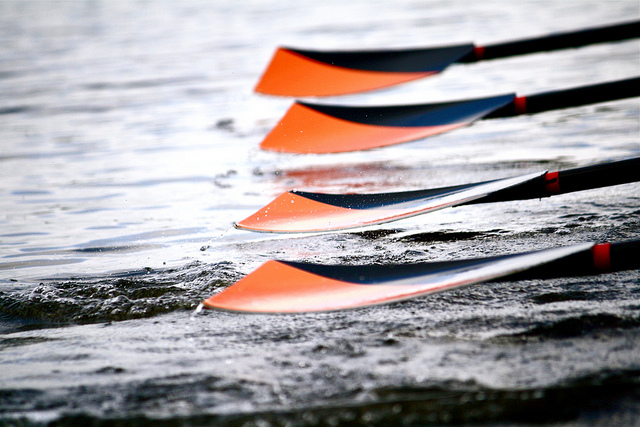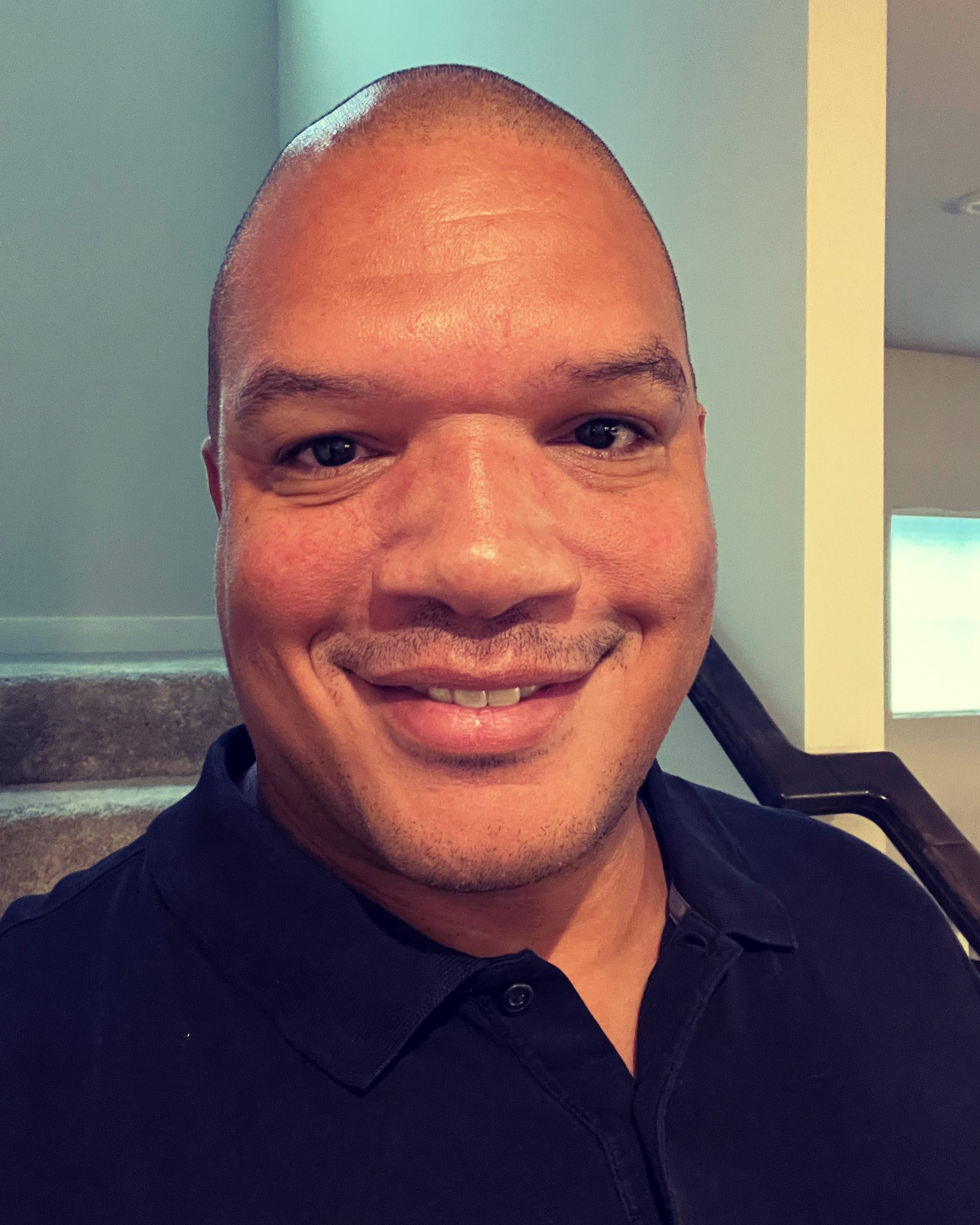Beautiful Battleground

Carnegie Lake on Race Day is quite a spectacle to behold. You’ve never seen such a celebration of the spirit of sport as this. People come from near and far to cheer their team on. Obviously, the overwhelming majority of the spectators are Princeton alumni, current Princeton students and those who make Princeton Township their home. Usually, the visiting team brings a small but energetic entourage of supporters. And when schools travel to race, they usually bring all of their crew teams – the heavyweight men, the lightweight men, and the women. So on race day, there might be fourteen boats on each team – 28 racing in all. Seeing all these boats at different times on the lake, warming up, or getting into position for their respective races… it’s a glorious sight indeed.
It all begins when you first enter the parking lot of the boathouse. It’s filled with rowers. They’re either headed for the locker room to change into their trous and racing shirts, or they’re stretching on the front lawn beside the parking lot. They may even be in front of the boathouse on the dock, tuning up their crew’s boat, making sure everything’s okay. Laying out their oars. The day is beautiful. The sun is on its way, beaming down warmth on all the rowers who appear barely clothed in comparison with the spectators decked out in their khakis, school sweatshirts, and white button-downs.
About a half-hour before each race, the competing crews will launch. They put their boats in the water, in a very simple rolling fashion. They do this because they carry their boats upside down over their heads, and the easiest way to get the craft on the water is just roll it down to one side, and place it. This reduces the chance that any of the boat’s rigging will get damaged. Usually, rowers wear sandals around the dock, since no one wants to get their Nike Air Max sneakers soaked. That’s what happens when the dock floods due to the weight of two or three crews launching at the same time. The coxswain checks the boat’s speaker system. The rowers all slide their oars into the oarlocks, and fasten them into place. Then, they all get in at the same time. This is important. If they don’t get into the boat with some degree of uniformity, some unfortunate person will wind up taking a quick bath or the entire boat will tip over.
As they fasten their feet into the foot stretchers, the adrenaline starts to flow for rowers and spectators alike. The crew, on command from the coxswain, pushes off from the dock. When they’re about five or six feet away, far enough to actually take a stroke on the port side, the coxswain usually calls out, “Stern four. Ready, row.” And the four rowers of the stern section of the boat take a few strokes, until the coswain tells them to stop. Then, he calls out, “Ready all. Row.” And all eight of the crew start to row. They pull away from the dock area, to the shouts and cheers of their teammates and supporters, and head for the other end of the lake, where the race course awaits.
Immediately, they pass underneath the first bridge, which is Washington Road. If they look up, they see people standing on the bridge, cheering them on, often waving streaming streamers of orange and black, the colors of the mighty Princeton crew. As they take these strokes, each member is going over the race plan in his head. Thinking of the opposition. Guessing if there will be a tailwind or a headwind on the course. Wondering if the water will be rough. For nearly the first mile, they row in silence. The coxswain gives few instructions. This affords a wonderful opportunity to catch a glimpse of a great heron flying by, or some ducks on the left bank of the lake, or a flock of geese passing overhead.
The view from the middle of the lake is pristine. All of the trees have just started to bud and bloom, and it is truly an amazing experience. They pass underneath the second bridge, which is Harrison Street. As the sun climbs higher and higher on its path in the azure sky, the water starts to glisten and sparkle. Even the ripples as the oars enter and leave the water seem only to contribute to the beauty, not disrupt it.
About a mile from the start line, the crew starts to do warm-up drills. All kinds of technical exercises meant both to warm the crew up, as well as target any trouble spots in the piece they just did. Then, they come up to the start line. Here, the lake is at its most marvelous. The sides of the lake are lines with great oaks, weeping willows, and occasionally a pine or two, that extend their branches over the water’s edge. The sun is higher now in the sky. It is close to noon, the time to start the race. The air is charged with excitement. The crews line up next to each other, rowing past the start line, then backing their way to it. Since the rowers are actually facing the back, or stern of the boat, they have to “back it,” or use their oars in reverse in order to get in their lane at the start line. The crew glance at each other, and get ready to start.
The coxswain calls out last minute instructions. Each rower is now staring dead ahead, at the vivid colors of the school imprinted on the back of the jersey on the mate in front of him.
A mile and a half away, the spectators lift their binoculars to their eyes. One can sense their longing to be at the starting line, right there in the boat.
Back at the starting line, the official stands in his boat and raises his pistol in the air, giving the crews a ‘ready all’ signal. All is quiet and still. Seemingly, even the ducks and geese have moved away, sensing the battle which is about to erupt. There is an eery quiet, even among the young leaves of the trees on either side. The wind suddenly dies down. Then, the sound of the pistol being fired cracks the air, and the crews are off. The pageantry, called Racing, has begun.






